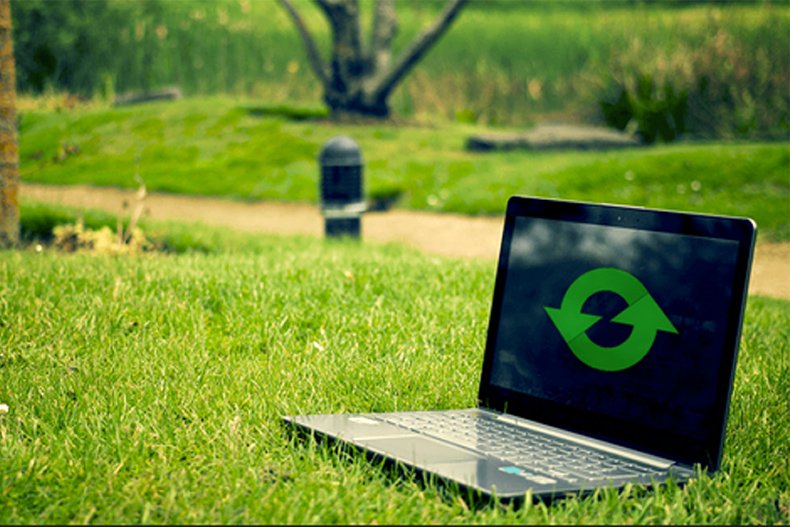Lecture: From rock to computer
Students use many objects every day, but they almost never wonder what they are made of and whether we can ever run out of raw materials to produce them. With this exercise, we therefore want to raise the students' awareness of the fact that we need raw materials to make different objects. For more complex objects, we even need dozens of raw materials, so the path from the initial phase - the search for raw materials to the final product - is long and demanding. This lecture do not require computers and BetterGeo.
Age and class size
The exercise is suitable for age groups from 7 to 10 years. For the exercise, the students are divided into groups, 4 students per group is recommended.
Time needed
The exercise takes about 45 minutes. The duration of the exercise depends slightly on the teacher's decision what to include in the discussion.
Difficulty level
Low. The principle of the exercise is simple and doable for younger students. The level of complexity and the level of difficulty can be adjusted by the teacher in PowerPoint.
Introduction
Background for teachers:
For every object around us, we need raw materials. For many of them, we need metals and other mineral resources, which we obtain through mining. But students and the general public are not sufficiently aware that raw materials are limited and that if we continue to consume them at the same rate, we will soon face a shortage of them in our economy.
If we want to produce technologically more sophisticated devices, we need more and more raw materials. For example, if we want to produce a simple pencil, we already need about 5 different raw materials. But if we want to make a mobile phone or a computer, we need about 50 or more different raw materials. The path from the initial concept of the product to the actual product is therefore very long and involves many stages of production with different companies included. Students are not sufficiently aware of this fact and therefore do not value objects enough. The fast consumption of raw materials can be attributed to a consumer society where take – make – dispose way of thinking is still present.
The first stage of any product is a concept or plan in which many important decisions are made that have significant and lasting consequences from a raw materials perspective. The plan must take into account what raw materials we need, the price of the product, the needs of the person for whom the product is created, where the raw materials will come from, where the product will be produced, etc. Then each raw material must be found, extracted (mining) and processed (crushing, magnetic and chemical separation…). The processed raw materials are then transported to different factories where they produce certain parts of the product (e.g. factory where LCDs or batteries are produced). Various semi-finished products are then transported to the final factory, where they are assembled into the final product. Raw materials for products can also be collected with urban mining and transported directly to the factories from recycling stations.
Preparation for the exercise:
Download and print all the materials you need. Each group needs a worksheet, memory game cards and the story. It is recommended to plasticize the memory cards.
Step-by-step instructions
Step 1:
The teacher carries out a short introduction about Minecraft and raw materials prepared on PowerPoint (slides 1 - 3).
Step 2:
Divide the students into groups and give them memory cards. The students play a memory game with cards. Each student keeps a pair of cards that he/she finds.
Step 3:
When they have finished, the teacher gives the students a worksheet and the story. One of the students starts reading a story to the others in the group. When they hear a word from the story that is written on their memory cards, they place the pair on the board. Then the students continue to read the story. Final goal is that the students arrange all their memory cards on the worksheet according to the order in the story.
Step 4:
The teacher discusses the path visualized on the worksheet together with the students. The teacher can also use the PowerPoint presentation (slides 4 – 6). Further discussion suggestions: Ask the students what they think about the story and about the way Jure is making a computer. Discuss the amount of different raw materials and methods used to make a computer with a connection to energy consumption. Discuss a real-time version of this path.
Step 5 (optional):
The students had successfully built a computer, so now they can do another exercise on the BetterGeoEdu web platform, which involves playing the Minecraft game on computers.
Evaluation
1) What did the miner Jure need to make a computer?
a) BetterGeo mod b) another computer
c) raw materials d) dwarf
2) How many raw materials do you think we need for production of mobile phone? (1, 10, 30 or more than 40) ___________________________________________
3) Can we get raw materials any other way than by mining?
_______________________________________________
4) Sort the following processes in the correct order by assigning the correct number to the front of the sentence:
___ Mining (Jure collects different ores)
___ Production (Jure makes a computer)
___ Plan (Jure makes a plan)
___ Processing (Through different processes Jure gets all raw materials he needs)
___ Exploration (Jure finds different ores)
___ Recycling (Jure remember that he can recycle old electronic devices)
5) Other than computers and mobile phones, what products do you think are made from raw materials?____________________________________________________________________________________________________________________________________________________________
Answers:
1) c
2) more than 40
3) Yes, through recycling
4) 3, 6, 1, 5, 2, 4
5) Almost all products that we use



